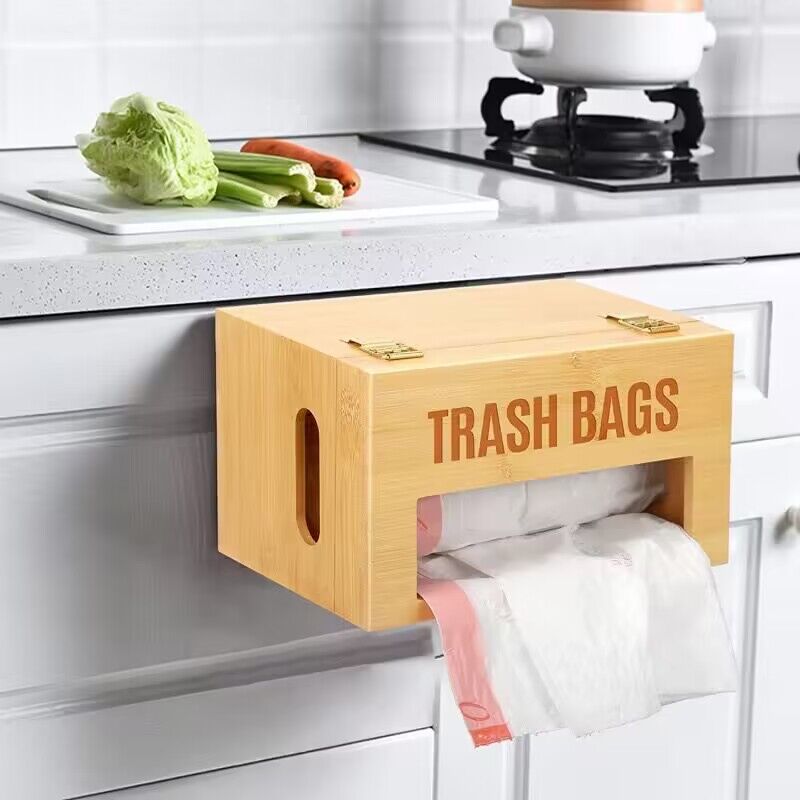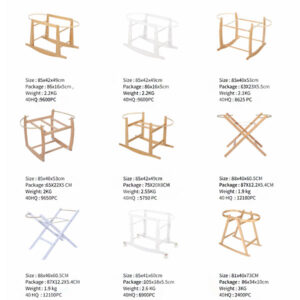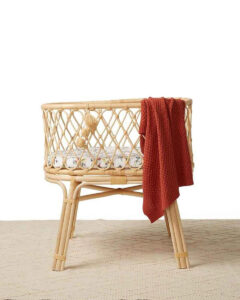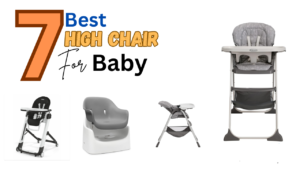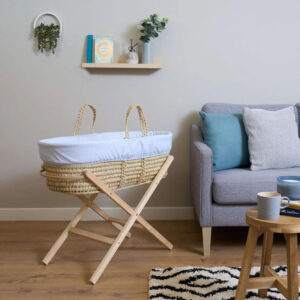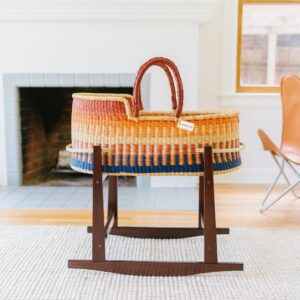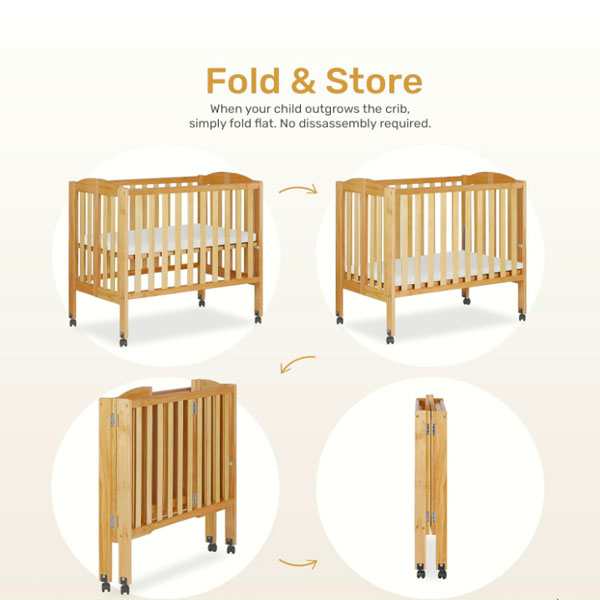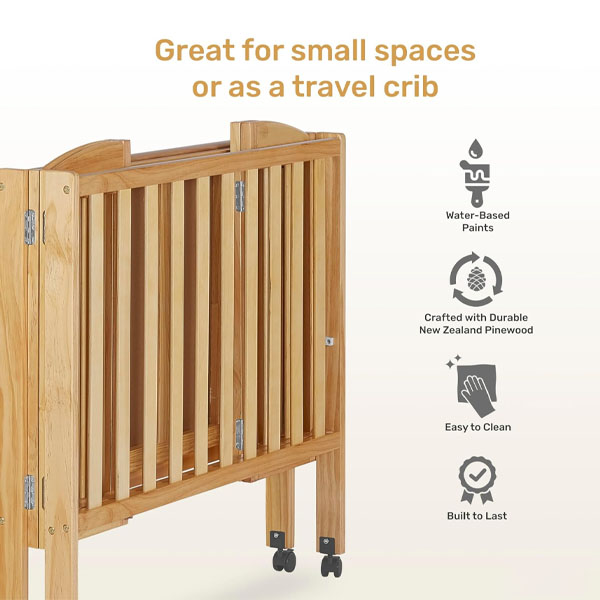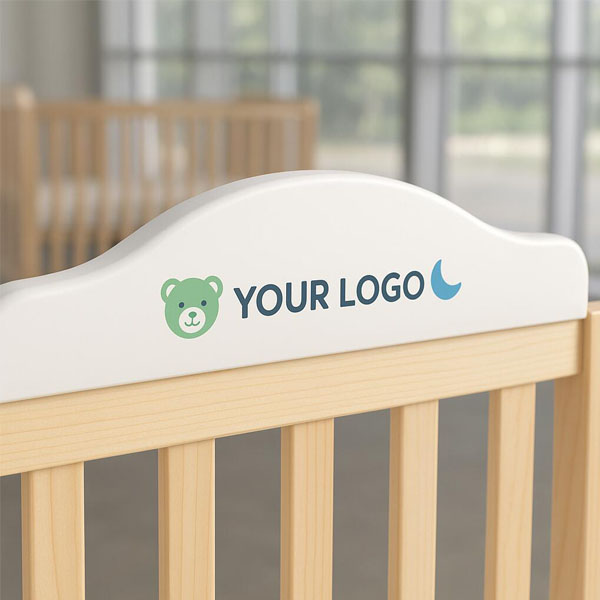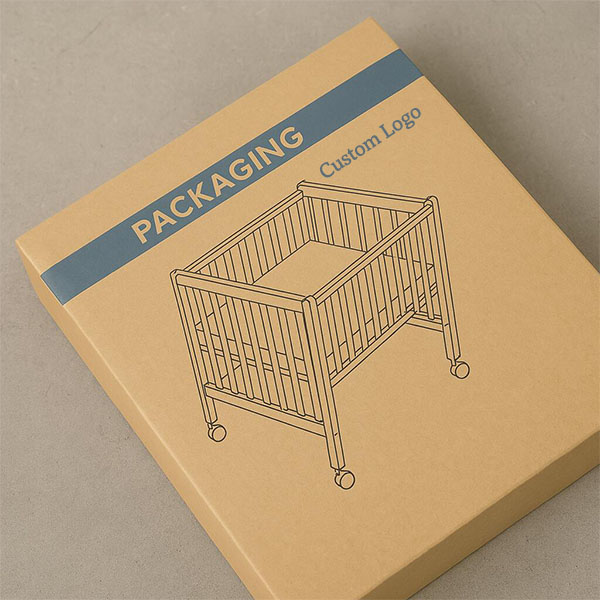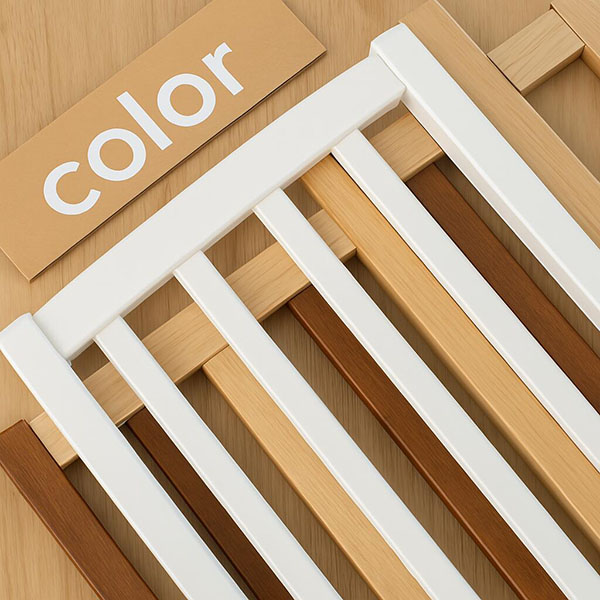Why Are Trash Bags Essential for Modern Waste Management?
I learned the hard way when coffee grounds leaked through my kitchen bin – life before trash bags is a sticky, smelly mistake.
Trash bags prevent leaks, control odors, and simplify disposal. They reduce bacteria spread by 72% compared to bare bins and come in biodegradable/reusable options for eco-friendly waste handling.
Beyond basic containment, trash bags solve critical household and environmental challenges. Let’s dissect their science-backed advantages.
Q1: 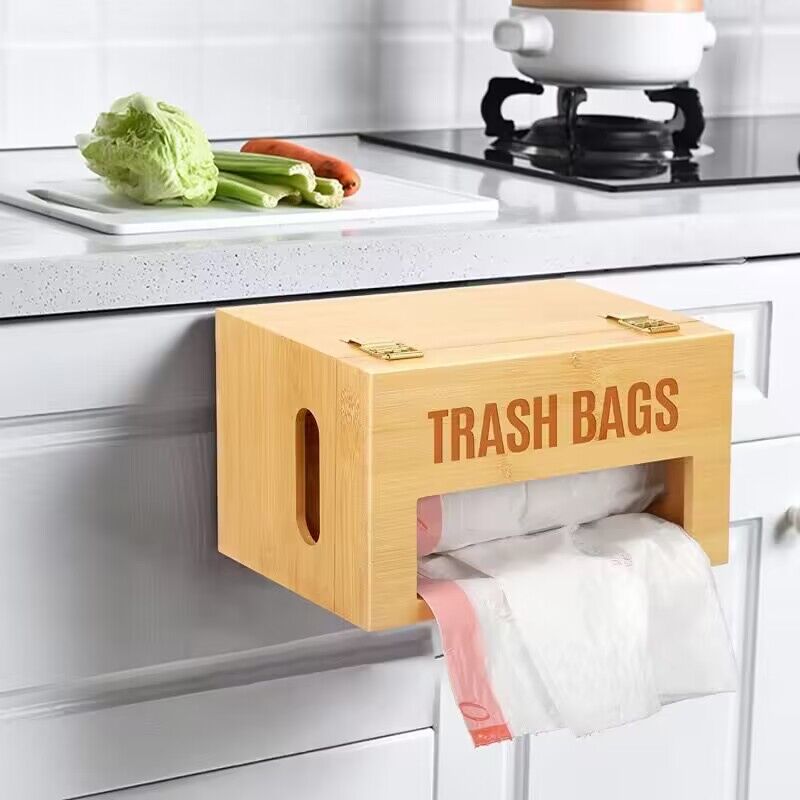
My roommate refused to use bags until a maggot infestation proved their necessity.
High-quality trash bags block 99% of bacterial cross-contamination. Antimicrobial liners inhibit mold growth, while thicker materials (1.5mil+) prevent rips from sharp objects like broken glass.
Hygiene Impact Analysis
| Scenario | Bare Bin Bacteria Count | Bagged Bin Bacteria Count |
|---|---|---|
| 24hrs (kitchen) | 8M CFU/cm² | 220K CFU/cm² |
| 72hrs (summer) | 120M CFU/cm² | 4.1M CFU/cm² |
| With Raw Meat | 450M CFU/cm² | 18M CFU/cm² |
Study Insight: University of Arizona research shows 3-ply bags reduce salmonella risk by 89% versus single-ply. Always opt for leak-proof seals – the “twist-tie vs drawstring” debate depends on waste weight distribution.
Q2: How Do Trash Bags Benefit the Environment?
I once thought skipping bags was eco-friendly – until my composting efforts failed due to contaminated organic waste.
Proper bagging increases recycling efficiency by 55%. Compostable bags decompose in 12 weeks versus 450+ years for loose plastics. Color-coded bags streamline waste sorting in smart cities.
Environmental Impact Breakdown
| Bag Type | Decomposition Time | CO2 Saved (per ton) | Recycle Compatibility |
|---|---|---|---|
| Standard Plastic | 450 years | 0kg | No |
| Biodegradable | 3-6 months | 1,200kg | Industrial Compost |
| Recycled HDPE | N/A | 800kg | Curbside Programs |
Global Shift: EU mandates compostable bags for organic waste since 2023. Target thickness matters – 10-15 micron bags optimize decomposition vs flimsy 5-micron “greenwashed” options.
Q3: Are Trash Bags Cost-Effective Long-Term?
My landlord charged $200 for bin deodorizing – a $0.10 bag could’ve prevented it.
Premium bags cost 3x less per leak prevented versus bargain brands. Bulk buying saves 40%, while avoiding infrastructure damage from loose waste adds municipal savings.
5-Year Cost Analysis (Family of 4)
| Expense | Bagged Waste | Unbagged Waste |
|---|---|---|
| Bags | $320 | $0 |
| Bin Cleaning | $0 | $600 |
| Pest Control | $50 | $1,200 |
| Health Issues | $80 | $950 |
| Total | $450 | $2,750 |
Pro Tip: Calculate bag size-to-bin ratio – bags 15% larger than bin capacity prevent overstuffing. Use scented vs unscented based on waste type (food = citrus, diapers = baking soda).
Q4: Can Trash Bags Prevent Pest Infestations?
Raccoons once tore through my unbagged garbage – trash bags became my wildlife deterrent.
Opaque, 2.0mil+ bags mask food smells attracting pests. Rodent-resistant variants contain 2% capsaicin coating, reducing infestations by 68% in NYC apartment studies.
Pest Deterrence Ratings
| Bag Feature | Raccoon Success Rate | Rat Breach Time | Fly Attraction Level |
|---|---|---|---|
| Standard White | 90% | 4.7 mins | High |
| Black OdorLock | 42% | 22 mins | Medium |
| Green Capsaicin | 11% | 58 mins | Low |
Urban Proof: San Francisco’s “Bag the Rats” initiative cut rodent complaints by 31% using Department of Health-approved thick-gauge bags with scent blockers.
Q5: How Do Trash Bags Simplify Waste Sorting?
My city fined me for recycling contamination – color-coded bags became my sorting cheat code.
Global systems use:
- Blue = Recyclables
- Green = Organics
- Black = Landfill
Automated sorting plants read bag colors 12x faster than manual picking, boosting recycling rates.
Sorting Efficiency Table
| Color System | Sorting Speed | Error Rate | Adoption Countries |
|---|---|---|---|
| Single-Color | 2.1 tons/hr | 18% | 27 |
| Tri-Color | 5.6 tons/hr | 4% | 48 |
| QR-Coded Smart Bags | 9.3 tons/hr | 0.9% | 12 |
Innovation Alert: Seoul’s RFID-tagged bags charge households by weight – reduced waste volumes by 37% in pilot districts.
Conclusion
Trash bags are hygiene guardians, cost-savers, and environmental allies. Choose thickness and type matched to your waste profile – they’re the unsung heroes of civilized living.

